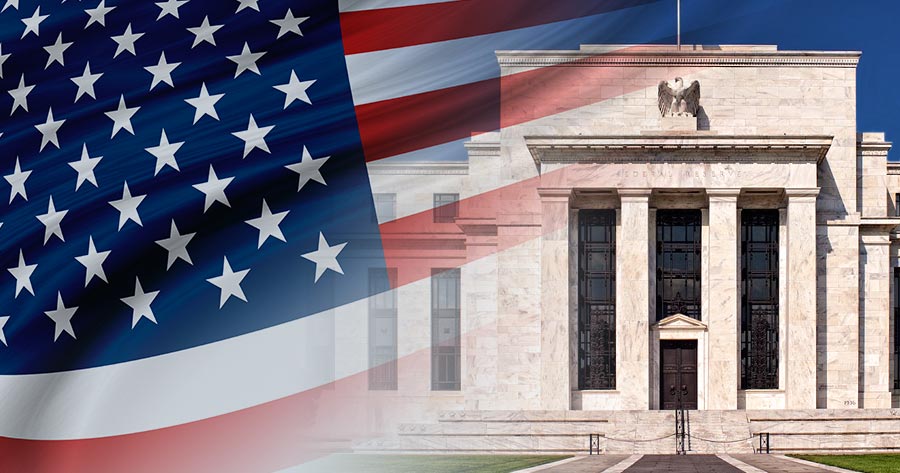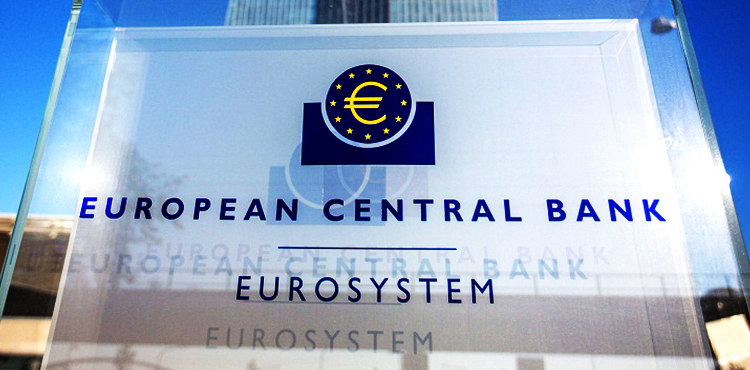The Federal Reserves signaled to reduce its balance sheet at a maximum pace of $95 billion a month. The move further highlights tightening of credit across the economy as the central bank raises interest rates to tame down inflation which is at four decades high.
Fed’s March Meeting Minutes released on Wednesday also showed the FOMC committee largely favored raising rate by a half-percentage points last month but deferred to a quarter-point move in light of Russia’s invasion of Ukraine.
The Fed propose to reduce its balance sheet at a pace of $60 billion in Treasuries and $35 billion in mortgage-backed securities, which is in line with market expectations and nearly double the peak rate of $50 billion a month the last time the Fed trimmed its balance sheet from 2017 to 2019.
“Participants also generally agreed that the caps could be phased in over a period of three months or modestly longer if market conditions warrant,” minutes of the March 15-16 Federal Open Market Committee meeting said.
The FOMC is expected to approve the balance-sheet reduction at its next gathering on May 3-4. The roadmap for shrinking the balance sheet came via a staff presentation to officials.
“Participants agreed they had made substantial progress on the plan and that the committee was well placed to begin the process of reducing the size of the balance sheet as early as after the conclusion of its upcoming meeting in May,” the minutes said.
As investors digest the meeting minutes, long term treasury yield have largely fluctuated with the gap between 2-and 10-year yield extending steepened.
The Fed earlier signaled to raise rate further six more times this year to cool down inflation at its four decades high. Shrinking the size of their balance sheet, which ballooned to $8.9 trillion as they aggressively bought bonds to shield the economy from Covid-19, will also help to tighten financial conditions.
“Many participants noted that one or more 50 basis-point increases in the target range could be appropriate at future meetings, particularly if inflation pressures remained elevated or intensified,” the minutes said, adding that “participants judged that it would be appropriate to move the stance of monetary policy toward a neutral posture expeditiously.”
“The $95 billion in runoff is in line with what the market was thinking and it means they don’t have to resort to outright sales,” said Karl Haeling, capital markets director at German bank LBBW in New York, as reported by Bloomberg.
Now markets will position around how many 50 basis points they will do this year with the perception that “there is a rush to get to neutral because they are so far behind.”
The neutral rate is a theoretical level that neither speeds up nor slows down economic activity and is estimated to lie around 2.4%, according to the median estimate of officials released at the meeting. Officials “also noted that, depending on economic and financial developments, a move to a tighter policy stance could be warranted,” the minutes said.
The minutes noted “a potential explanation for Powell’s sharply hawkish tone at the March meeting: It appears that Fed staff — who over the past year have had a more benign inflation outlook than FOMC participants — have become noticeably more alarmed about inflation developments.”
“Fifty basis-point rate hikes are in fact on the table and more than one of them is in fact possible ,” Seth Carpenter, chief global economist at Morgan Stanley, told Bloomberg Television.
“But what we did not hear in the minutes is that they were set up to do 50 basis points at every meeting. That super-hawkish outcome has been ruled out. The Fed is still in a little bit of a balancing act.”




